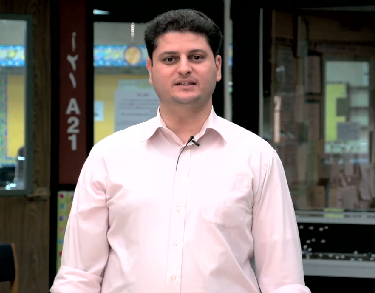Videolectures.net: Lesson 8: Friction
This video lecture, sponsored by MIT OpenCourseWare, presents Walter Lewin giving a lesson at MIT on friction.
Phet Interactive Simulations: Forces and Motion
This simulation, presented by the University of Colorado’s PhET, explores the forces at work when you try to push a filing cabinet. Charts show the forces, position, velocity, and acceleration vs. time.
YouTube: Static Friction Lesson
This animation, provided by the University of Rhode Island’s physics department, explains the forces on a car and the stopping distance when brakes are applied so that no skidding occurs. The video also explains how to calculate the speeds at which a car can safely drive around a banked turn, taking the force of static friction into account.
IOP Institute of Physics: Balancing a beam
This site, Practical Physics sponsored by the Nuffield Foundation, provides a collection of experiments involving friction.


